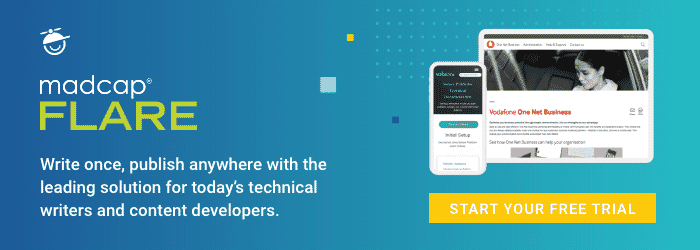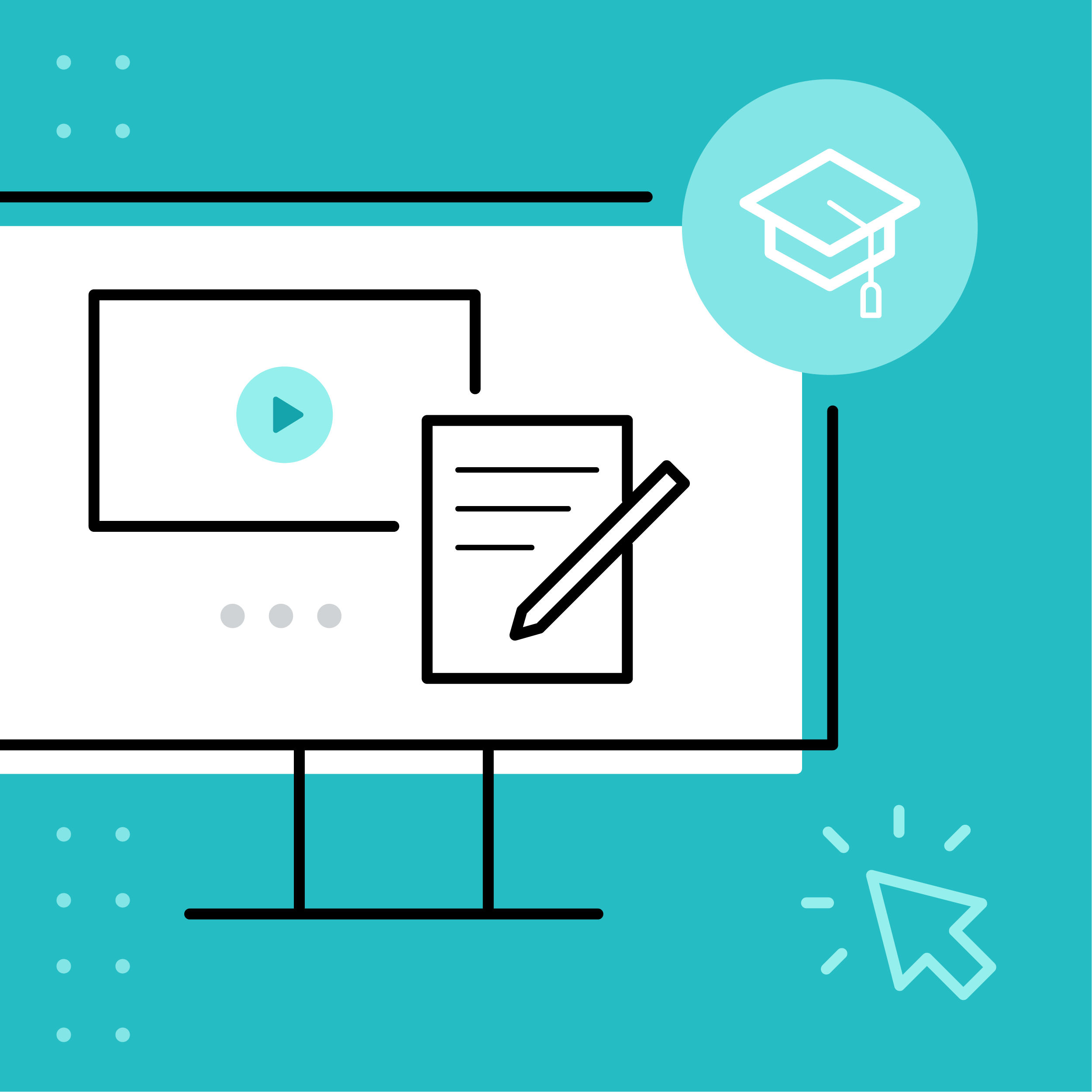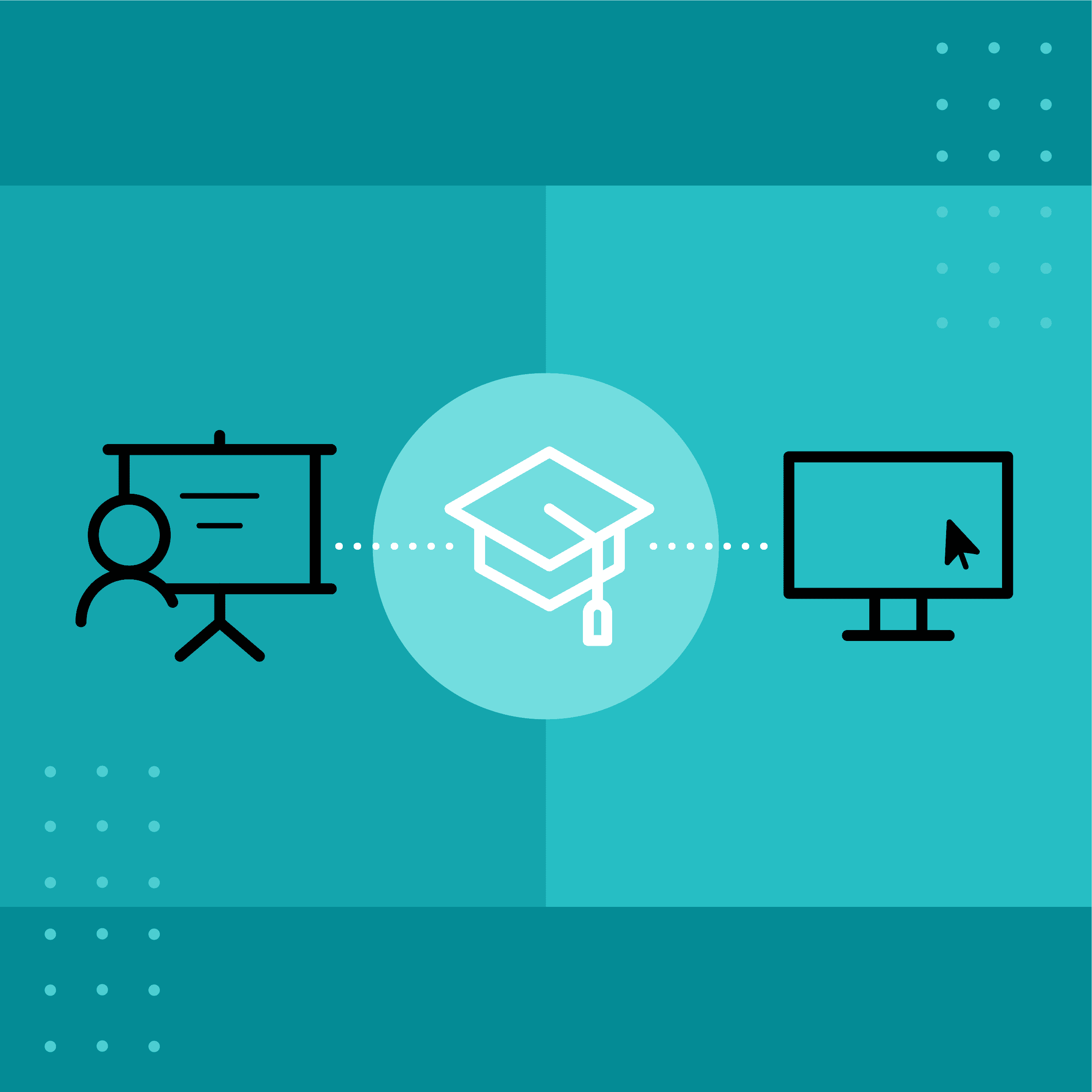This guest post was written by Andrea Maliska, award-winning learning and development professional with over twelve years of experience in the field. She has built several learning and development departments in a variety of industries and relishes the opportunity to build from the ground up. Andrea currently owns her own consulting company, Rebel Learn, located in Denver, Colorado. Combining her experience in L&D and Product Management, she approaches strategy and program design with a unique and thoughtful approach.
Training and developing employee's new skill sets is one of the top items on the minds of leaders and executives. The number of companies looking to build eLearning and development (L&D) programs for their professionals is growing and will continue to grow to keep up with the emerging need to provide a more learner-centric environment in the workplace.
The L&D landscape is not easy or straightforward. With archaic systems, ever-changing technologies and constantly adapting audiences, it's vital to understand the learning and development challenges that can make building a program difficult. By identifying the training challenges, you can learn to recognize the pitfalls and plan accordingly.
Here is a list of some of the top learning and development challenges to keep in mind and a few ways to clear them out of your path.
Demonstrating Value to Leadership
Demonstrating value is one of the largest training challenges an instructional designer, content manager, or developer can face. If you are lucky, you will have a champion on the executive team who already understands the value of organizational learning and how it impacts the bottom line.
In most instances, you will need to work with the executives and build those relationships. Value and trust will be developed over time within your organization. Be patient and stay true to your convictions. Here are a few ways to help with building value:
- Build relationships with the "believers". There are individuals in your company that can advocate L&D. They had a good experience and understand the true value it brings. Find these individuals and start building relationships with them. They will help you in ways you don't even know yet.
- Show the value. Demonstrate to your potential advocates why L&D going to make their lives easier. Give them an answer to the following questions:
- Understand pain points. Constant communication and understanding of their main pain points is important when it comes to learning and development. To be successful you must be crushing their pain points.
- Align company strategy and goals. Don't create learning content for a product that is no longer in development or for a portion of the business that is not the focal point of that year. Make sure you are looking at the larger goals of the company (or ask if they are not readily available) and build programs that help your company reach those goals.
- Don't develop training and learning sessions just to check a box. Make sure to provide the value you are trying so hard to show to other professionals. Building content that simply points to a library isn't enough - your learners need to engage and gain value from the content.
Making the Most of Limited Budgets
Are you able to build an entire employee development program in your organization with almost no money? If not, then it's time to get creative and think outside of the box. If you can do this and demonstrate value with little budget, then the next budgeting cycle may look a bit more promising. In the meantime, here are some tips on how to make the most of your limited budget:
- Leverage existing content and training materials. Tap into the abundance of content that already exists in your company. It may be spread out across sticky notes, outdated webinars, stored technical documentation, on employees’ desktops or in their brains. Training and sharing knowledge most likely existed before you got there; you just have to find out where and how to obtain it. By repackaging information into relevant, effective content, you can deliver a good amount of content out without even spending a dollar.
- Identify internal SMEs. Similar to preexisting content, there's a wealth of knowledge spread out among your employees. What better way to let them know they are valued than by making them into one of your subject matter experts? Build relationships with these individuals and build the program with them as your partner. That relationship will go a long way.
- Create a webinar series. Webinars are a relatively low-cost way to put out engaging and inviting content. With the help of your SMEs, you can put together a webinar series or lunch n' learn series that runs monthly. This is a great way to get the employee population engaged in instructor-led training without spending any new money. All you need is a webinar platform which most companies already have. Build in hands-on experiences and launch live surveys during the webinar to make it a fun and interactive experience.
- Use inexpensive platforms. There are several learning platforms that exist today that are either free to start or very inexpensive. You don't need a heavy LMS to provide really great programs. Look into Learning Engagement Systems (LES), Learning Record Stores (LRS) or video platforms to serve up your content or track the content your employees are already interacting with.
- Start small. Find a group or department that has a need, an audience and SMEs to help and build a program that is effective and engaging on a smaller scale. Once you build this uber-successful program, other departments will be knocking down your doors for help and your value just went up.One tip: Make sure whatever you are doing aligns to the larger strategy. The best way to get more budget for the next year is to become an integral part of the success of the overall goals.
- Manage expectations. Make sure you are continually managing the expectations of your stakeholders. Whether it be resources, budget dollars, time, etc., engage in constant communication about what you need and be realistic about what you can produce with what you have. This communication builds trust with your stakeholders which will get you through hard times and allow you to grow.
Adapting Content for a Varying Audience
It used to be enough to build 300 page manuals for a product that employees would get on their desk on their first day and call it training. This, coupled with "on the job" training on day two, and the employee had completed the onboarding process.
Times have changed and our employees and clients expect more from us. However, there is still an audience of learners that wants a manual on their desk on that first day. Here are some tips to develop content that speaks to all your learning styles:
- Microlearning. The days of sitting and consuming hours of videos at once are gone. Learners expect content to be digestible, easily consumed within 5-10 minutes at a time. Designing your program to be modular will allow your learners to have more control over what they learn and when.
- Easy access to content. Your employees should be able to access content from their phone, their tablet or their desk. If they are waiting to hop on a plane and decide to see what lessons they can quickly take, they should have an easy time doing that.
- Challenge-based learning. There is something to be said about adding in a form of gamification. While it is not for everyone, it does motivate a certain population. Providing badges, leveling up and competition combined with any learning platform can engage a variety of learners.
- Story-based training. Story-based training is powerful. It puts context to training where it didn't exist before. Your learners will begin putting themselves in the story and new learning pathways will be forged. It is also a fun way for them to take in the content.
- Don't throw out all of the old. Provide some type of job aid or user manual with a product that individuals can print out if they want it.
Prioritizing Learning for Employees
This is one of the biggest challenges you will face. Employees are busy. They are being asked to do a million tasks, and in some cases, carrying a quota and getting bonuses based on their utilization. If their managers are not clearing time for learning, how are they ever going to have time or motivation to interact with your great content?
Follow a few of these suggestions to create programs that will motivate, engage, and fit right into these busy schedules:
- Microlearning. Building bite sized chunks of instruction is key. If your learner has 20 minutes while waiting for a flight, they will be more apt to look at the training if it is chunked into shorter blocks. Get straight to the point and focus on 1 or 2 key objectives. Before you know it they will have completed an entire learning path, one micro segment at a time.
- Delivery. Delivery of content is a vital component of the learning process. You need a platform that is light, can handle micro content, and can be easily accessed on a phone, tablet or laptop. You need a platform for push notifications to the learner, enabling right-on-time learning that they don't need to think about and search for.
- Go with a blended approach. If you make your learning content valuable, then a learner will be more likely to choose it over something else. Combine micro learning and self-paced content, with instructor-led elements. Learners will take more away from the learning if they can ask questions, discuss concepts, participate in hands-on learning sessions and talk through any issues. Creating a true blended approach to learning will provide a high value learning experience.
- Make it visually appealing. Don't forget to make your content visually pleasing. Choose colors, objects, pictures and characters that evoke exciting emotions. If your content is boring to engage with, no one will ever choose it over something else. In today's world, design has become just as important as content.
- Start small. Don't try and boil the ocean with your first program. Start small and targeted. Find a group that has major pain points, has bought into the training and can understand the ROI. Once you establish results with this smaller program and the rest of the company hears about it, you will have believers busting down the door to be a part of it.
Measuring ROI and Effectiveness
Showing ROI within a learning and development program can be very difficult, as it's not always black and white. There is not a single cause that equals one expected effect. You cannot always exactly pinpoint a specific training that directly leads to a landed deal.
However, there are ways to build this ROI. Here are a few tips on how to measure the effectiveness of the training program:
- Start with a project. To show you can provide value and are worth the investment, start with a small, targeted program. The less money and time you need to put in the larger the ROI will be. Positively affecting one group with this program and then being able to show the ROI will allow you to grow and expand.
- Start with a group that has measurable metrics. Pick a group to build training for that you can show true black and white metrics. Sales and support are great groups to start with, as they often have a clear need for training, and already have built in metrics where you can provide training. It is much easier to show how implementation of a pipeline development training program grew pipeline development by x% over the same time last quarter.
- Baseline before every program. You cannot show change and improvement unless you know where you have started. It is easy to just jump into a program and forget this part. However, you'll want to focus on the baseline, as this is what will allow you to build a compelling story of why your program directly impacts ROI.
- Don't forget about the indirect benefits. While the black and white numbers will make up the bulk of what leaders are looking at, you need to become very good at understanding how you indirectly affect the company in positive ways. You can affect attrition, employee engagement, time to ramp, streamlining of processes, need for employee headcount, etc. Make sure you are adding this to your story and putting together a full view picture.
Building an organizational learning program for employees may seem daunting but as long as you keep in mind your true objective and are thoughtful about the work you are doing, you will be successful. Learning and development is a vital component of a company's success today.
Don't let these challenges block you from moving forward and providing the value you bring to the table. To make this process easier for you, MadCap Flare eLearning authoring tools can help. If you’re ready to get started with and learn more about MadCap Flare, our helpful experts are here to guide the way.
Recorded Webinar: How to Build a Learning and Development Program
Faced with the task of creating an effective learning and development program? Watch my webinar, where you'll learn the pain points that face instructional designers and developers, and how to pick the right learning solution to address those challenges.
If you want to know more about LMS, also known as learning content management systems, we’ve discussed an in-depth topic in another blog.
Editor’s Note: Originally published on October 11, 2018 and refreshed on January 7, 2021.











